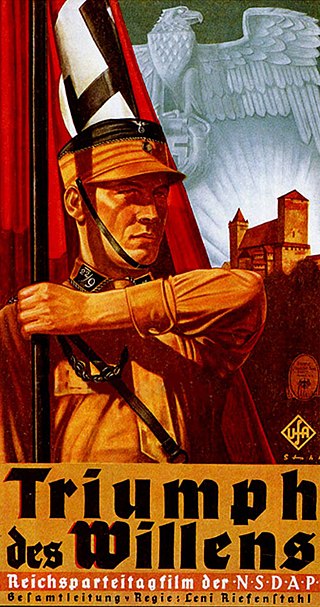On March 28, 1935, Triumph of the Will, one of the most infamous propaganda films in history, was released in Nazi Germany. Directed by Leni Riefenstahl, the film documented the 1934 Nuremberg rallies, portraying Adolf Hitler and the Nazi Party in a glorified light. While widely recognized for its cinematographic innovation, the film symbolizes propaganda’s power in shaping public perception. The film used weeping camera angles, dramatic lighting, and synchronized marches to create an imposing spectacle.
Triumph of the Will, a film that continues to be a subject of study in film and media courses, stands as a stark reminder of the power of propaganda in shaping public opinion. The film, directed by Leni Riefenstahl, played a significant role in bolstering Nazi ideology, contributing to the regime’s growing influence in pre-war Germany. Its technical mastery is impressive, but its impact on history is profound.
Explore how this film influenced propaganda and political messaging throughout history.
Key Facts:
- Triumph of the Will documented the 1934 Nazi Party Congress in Nuremberg.
- Leni Riefenstahl directed the film, using innovative cinematographic techniques.
- The film was intended to glorify Adolf Hitler and the Nazi Party.
- It is considered one of the most effective propaganda films ever made.
- Despite its artistic techniques, it remains controversial due to its association with Nazi propaganda.
- The film serves as a historical example of how media can be used to shape political narratives, a lesson that remains relevant today.

